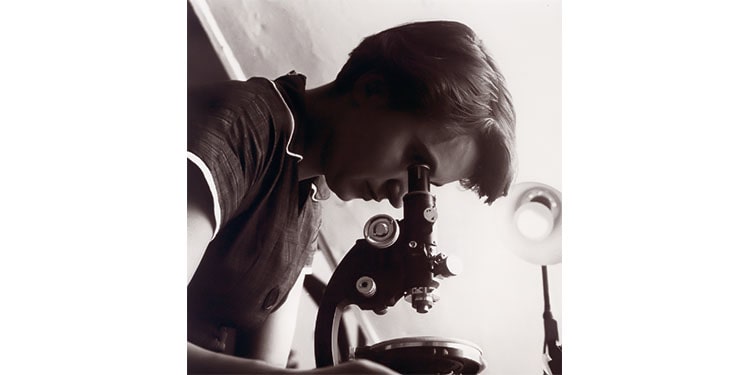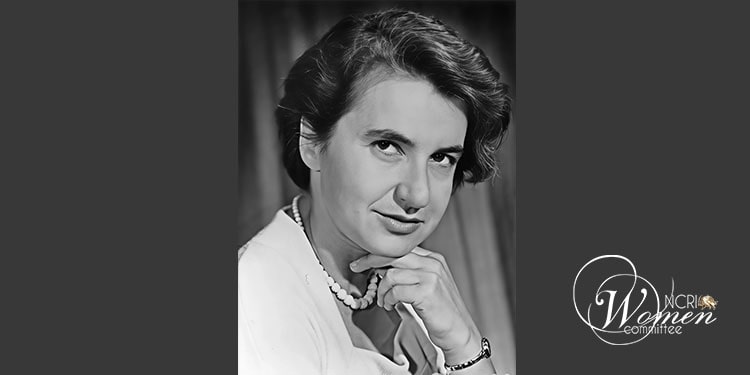Rosalind Elsie Franklin (25 July 1920 – 16 April 1958) was a pioneering British chemist and X-ray crystallographer whose groundbreaking research was crucial to uncovering the structure of DNA. Born in London to a prominent Jewish family, Franklin excelled academically from an early age, earning a PhD in physical chemistry from the University of Cambridge.
In the early 1950s, at King’s College London, Rosalind Elsie Franklin captured the now-famous “Photo 51” — an X-ray diffraction image that revealed DNA’s double helix structure. Her meticulous work provided the critical evidence that James Watson and Francis Crick used to model DNA, though her contribution was long overlooked. Franklin’s research also advanced the understanding of viruses and the structure of coal and graphite.

Tragically, Rosalind Elsie Franklin died at just 37 from ovarian cancer, but her legacy endures as a symbol of scientific brilliance, perseverance, and the fight for recognition of women in science. Today, she is celebrated worldwide as one of the most influential scientists of the 20th century, inspiring generations of researchers.
























